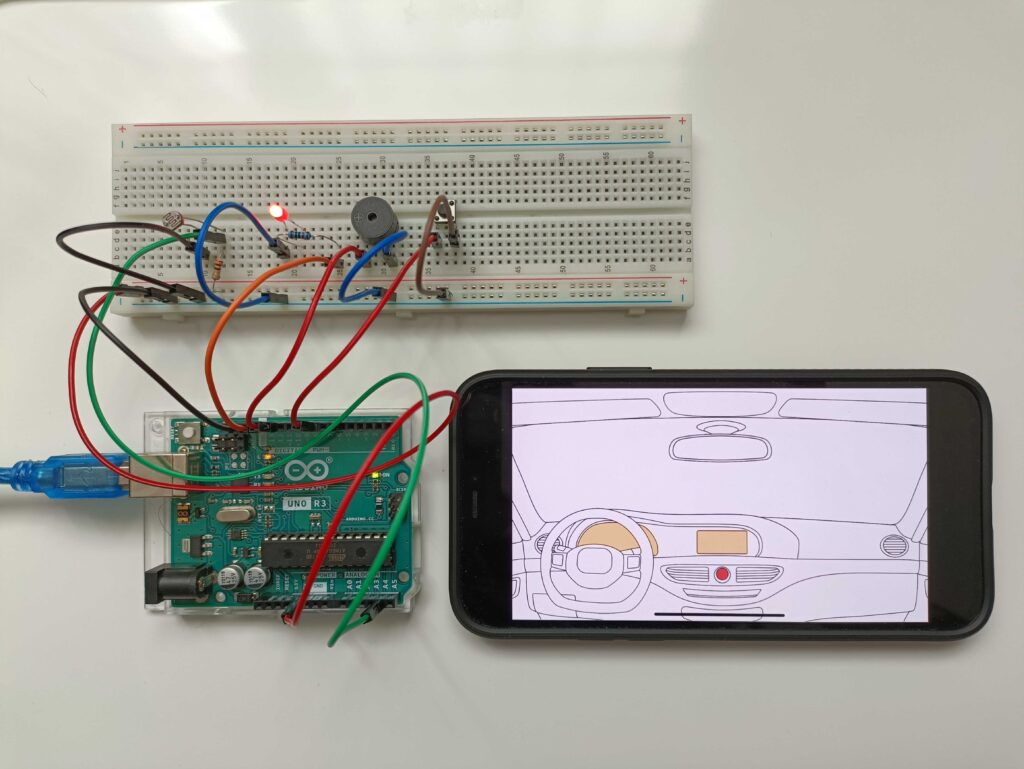Game development involves using a variety of software and hardware tools to bring a game from concept to reality. Designers use programs like Unreal Engine and Unity to create prototypes, while developers use tools like Visual Studio and JetBrains Rider for coding and debugging. Artists use Adobe Photoshop and Blender to create visual elements, while sound designers utilize Pro Tools and Audacity for sound effects and music. Games undergo testing using TestComplete and Jira, and are finally deployed on platforms like Steam and Google Play. Game development is a collaborative process that requires expertise in various tools to create engaging games.
From Prototype to Playable: The Software and Hardware Tools That Make Game Development Possible
Introduction
Game development is a complex and multi-faceted process that requires a combination of software and hardware tools to bring a game from initial concept to playable experience. In this article, we will explore the various tools used in game development and how they work together to create immersive and engaging games.
Game Design and Prototyping
Before a game can be developed, it must first go through the design and prototyping phase. This is where the initial concept for the game is fleshed out and tested to see if it is feasible and enjoyable. Designers use tools like Unreal Engine, Unity, and GameMaker to create prototypes of the game and test out different mechanics and features.
Programming and Development
Once the game design is finalized, developers begin the programming and development phase. This is where the game’s code is written and its various components are built. Tools like Visual Studio, Xcode, and JetBrains Rider are commonly used for coding and debugging games. Game engines like Unreal Engine and Unity provide a comprehensive set of tools for developers to build and optimize their games.
Art and Animation
Creating the visual elements of a game, such as characters, environments, and animations, is an essential part of game development. Artists use tools like Adobe Photoshop, Blender, and Autodesk Maya to create the artwork and animations that bring the game to life. These tools allow artists to design and animate characters, objects, and environments in 2D and 3D.
Sound and Music
Sound design and music are critical elements of game development that help create atmosphere and immersion for players. Sound designers use tools like Pro Tools, Audacity, and Logic Pro to create and edit sound effects, dialogue, and music for the game. They work closely with composers to create original music tracks that enhance the gaming experience.
Testing and Quality Assurance
Before a game is released to the public, it must go through rigorous testing and quality assurance to ensure that it is bug-free and runs smoothly on various platforms. Testers use tools like TestComplete, Selenium, and Jira to identify bugs and issues in the game and report them to developers for fixing. Quality assurance teams also test the game’s performance, stability, and compatibility on different devices.
Deployment and Distribution
Once a game has been developed, tested, and optimized, it is ready for deployment and distribution. Developers use platforms like Steam, App Store, and Google Play to publish and distribute their games to a global audience. They also use tools like Unity Cloud Build and Unreal Build to package and deploy their games across different platforms and devices.
Conclusion
Game development is a collaborative and iterative process that relies on a wide range of software and hardware tools to bring a game from concept to reality. From designing and prototyping to programming and testing, each phase of game development requires specialized tools and expertise to create immersive and engaging games that captivate players around the world.
